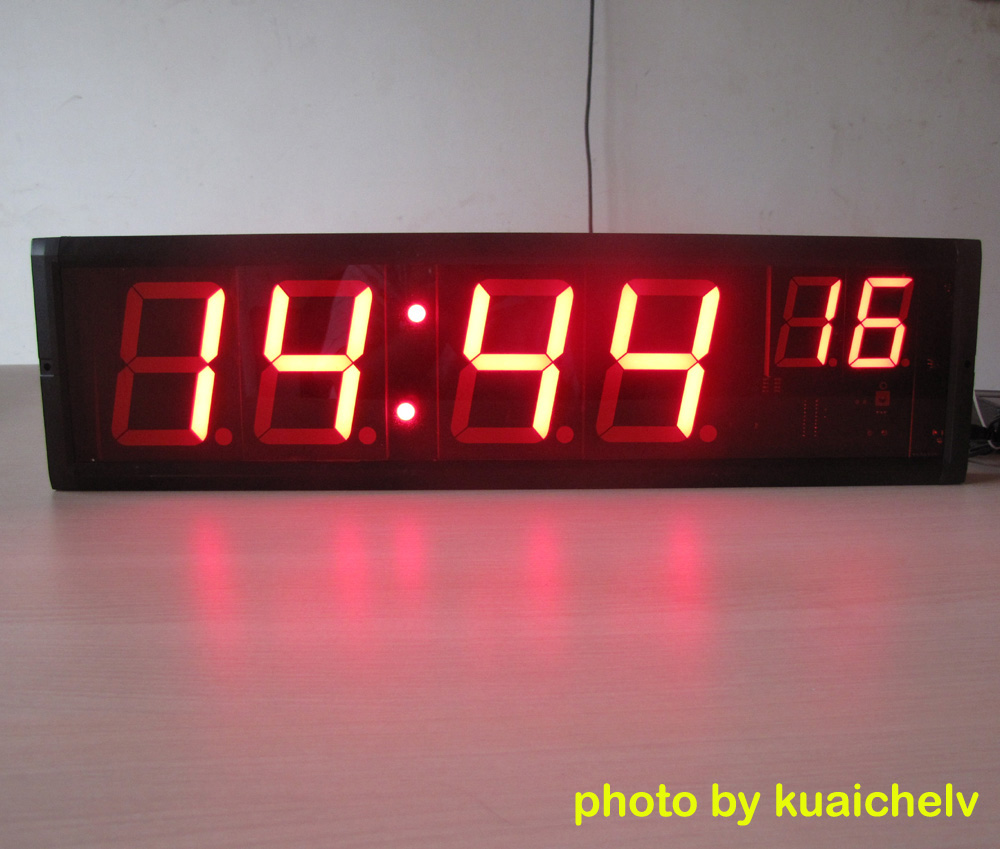

$2.50 per user per month for scheduling or $4 with time and attendance $5.83 per user per month when billed annually Our evaluation considered ease of use, cost, integrations and features.
DIGITAL TIME SOFTWARE
We assessed several platforms to identify the best time and attendance software for small businesses to help you find the platform that’s right for you. They should help you manage paid time off (PTO), offer useful automation features, and integrate with your payroll service. The top-rated solutions are easy to use and able to support your preferred login methods. Time and attendance systems track and report employee hours. This article is for small business owners and HR professionals in search of time and attendance software to better track employee hours.Employers can access time and attendance reports and can export data to payroll systems without the need for double data entry.The software streamlines time sheet collection and approval processes while enabling managers to keep tabs on employee scheduling.Time and attendance systems record employee time clock data from mobile, web and on-site logins.Buddy Punch: Best for Policy Compliance Management.OnTheClock: Best for Smaller Growing Businesses.Paychex Flex: Best for an All-in-One HR Solution.QuickBooks Time: Best for Businesses With a Mobile Workforce.TimeClock Plus: Best for Scaling Businesses.When I Work: Best for Restaurants and Retail.Time Doctor: Best for Employee Productivity.
DIGITAL TIME TRIAL
You can download a free trial of Virtual TimeClock without any cost or obligation. You can even access timecard data collected from multiple computers or location with our Virtual TimeClock Network edition. Virtual TimeClock can also track overtime, breaks & lunches, projects and more. The reporting features in Virtual TimeClock enable you to easily view reports either as Hours and Minutes for timecard review or Decimal Hours format for payroll. Our Virtual TimeClock software impartially records employee start, stop and break times in real-time. The calculator then computes the daily and weekly time totals in decimal format. Our Free Time Card Calculator allows you to enter employee start, stop and break times in Hours and Minutes format. Decimal hours are limited to displaying two decimal places, so the repeating 3 is rounded so that 56 minutes (:56) is expressed in decimal format as. Using our example of 56 minutes, we simply divide by 60 minutes: 56/60 = .93333333. The chart above simply converts minutes from base 60 to base 10. 75 hoursīut what about non-intuitive times? How do I convert 7:56 (seven hours and 56 minutes) to decimal time? Using the Time Conversion Chart below, we discover that 7:56 = 7.93 hours. Some time conversions (like the one above) are intuitive. 5 decimal time before I multiply by my hourly wage. For example, how much have I earned if I make $10 per hour and work 7:30? I must convert 30 minutes to. When thought of in this way, it is not hard to understand that 7:30 (hours and minutes) = 7.5 decimal hours.Įxpressing time in decimal format is essential for payroll because wages must be calculated using standard decimal numbers. So in decimal format this is expressed as 7.5 hours (7 and a half hours). Using our 7:30 example above, we intuitively know that 30 minutes is 'half an hour.' In decimal format one-half is expressed as '.5'. When we use decimal numbers each place in a number ranges from 0-9. The decimal hours format uses 'base 10' to represent time as common decimal numbers. 7:30 is read as 'seven hours and 30 minutes.' When we use this common expression of time we understand that it means seven periods of 60 minutes (7 hours) and one period of 30 minutes. So whenever we see time expressed with a colon (:) we know that we are seeing time in the hours and minutes format. Instead, we increase the hours by one and reset the minutes to zero and write 4:00. We express hours (60 minutes) and portions of an hour (minutes) with the format HH:MM. So when time is increased by one minute at 3:59, we don't write 3:60.
By this we mean that time is expressed in 60 one minute units. The hours & minutes format uses 'base 60' to represent time.

Note: Wondering if your totals are accurate? Read our brief article about the accuracy of totals > Are you interested in how time is properly converted from hours and minutes to decimal format for payroll? We'll review and compare these two common formats for displaying and expressing time.


 0 kommentar(er)
0 kommentar(er)
